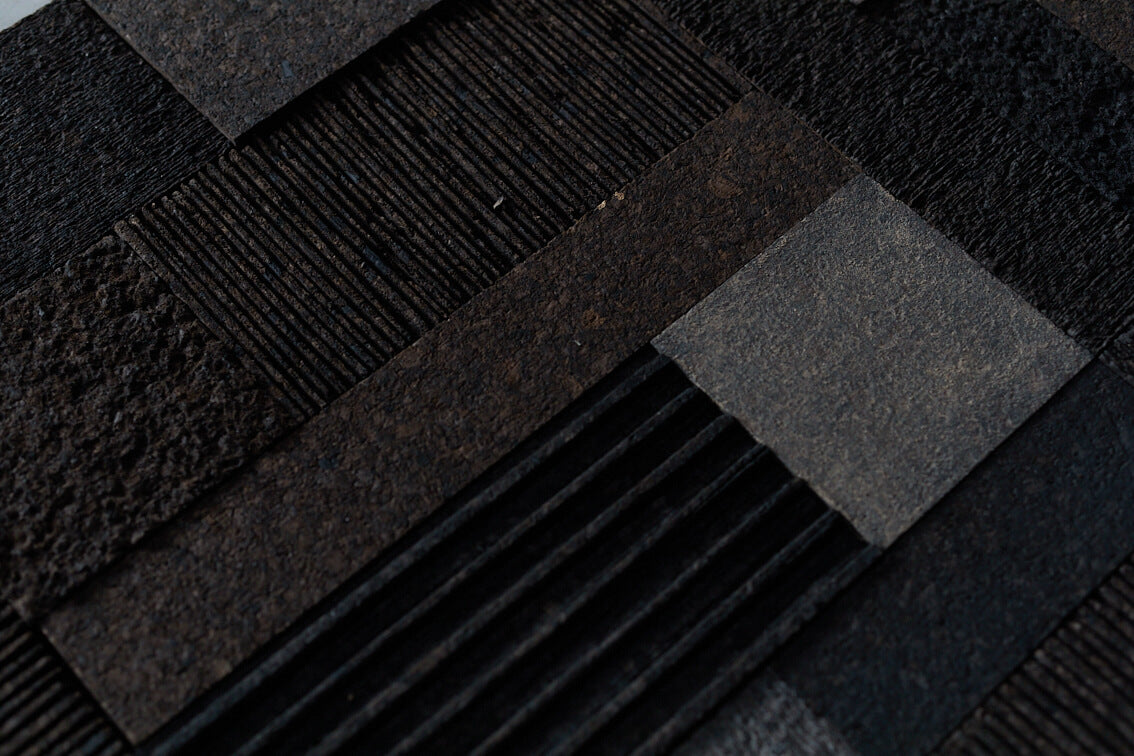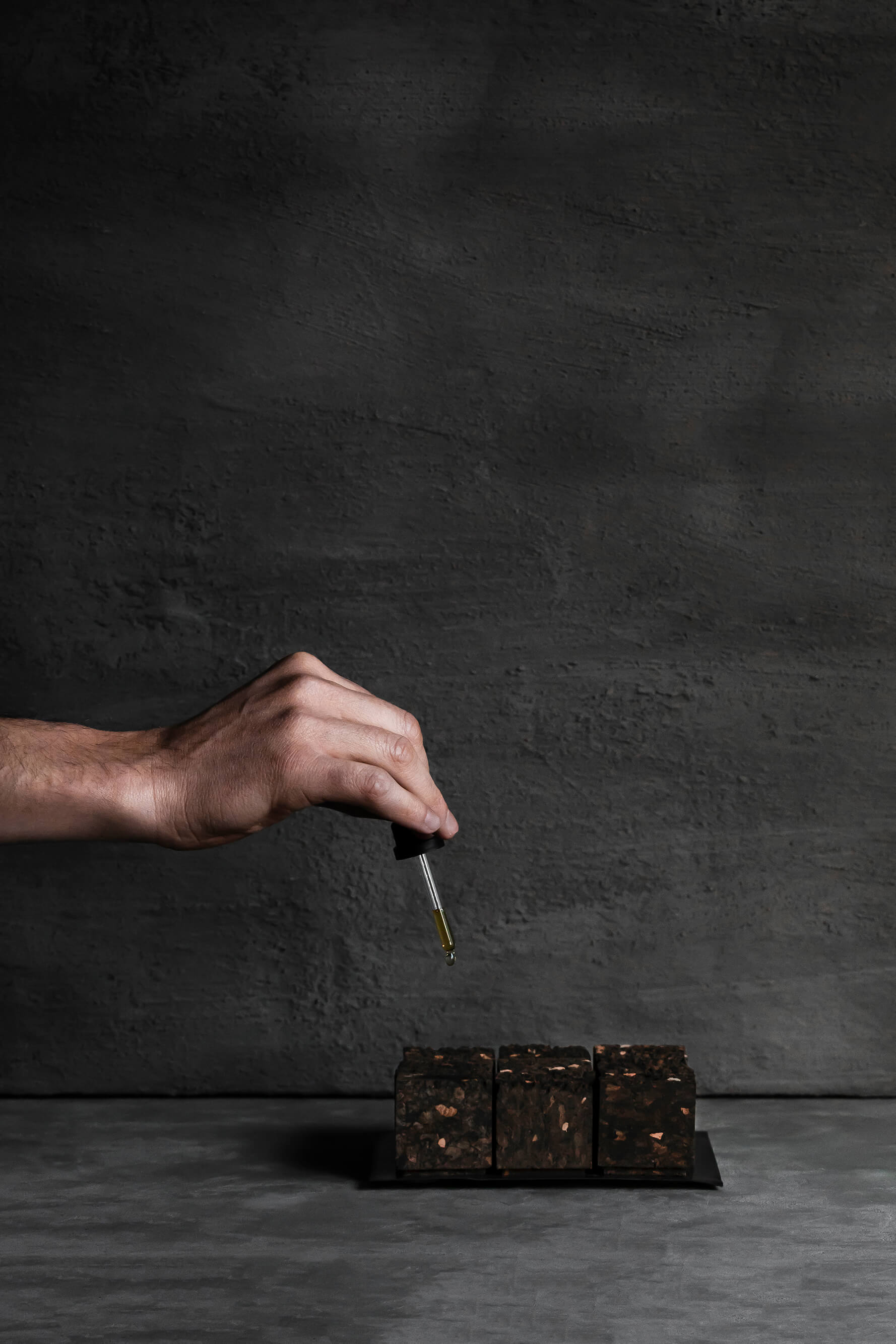Hands down, cork is one of the most sustainable materials on the planet. The skillful harvesting process ensures the material is regenerative and no trees are harmed. The bark of the cork oak tree is delicately harvested in six stages by skilled labourers using an ancient process. In contrast to cutting trees down, harvesting cork does not harm the environment. Quite the opposite.

How Does Cork Help the Environment?
It takes nine years for the cork tree to grow back its bark and as it regenerates, it absorbs five times more carbon from the atmosphere to fuel the photosynthesis it requires. Harvesting the cork is a net benefit to the environment. In the Andalusian forests, it’s estimated that cork trees store over 15 million metric tons of carbon. Cork oak trees are ready for their first harvest when they are 25 years old, and every nine years after that. A tree can live 300 years, providing over 1.5 metric tons of cork over its lifetime (40kg – 60kg per harvest depending on tree size). Each tree can store 20 tons of carbon over its lifespan.

Do Cork Oak Trees Provide Other Benefits?
These trees require only minimal resources with no need for things like fertilizer, pesticides, and trimming – resulting in a very small carbon footprint. Cork has a positive impact on local biodiversity – the cork oak woodlands are home to many diverse species of animal, including some that are threatened. They also support many migratory and wintering birds. And as all trees do, their roots protect against soil erosion.
Where Does Cork Oak Grow?
Cork oak trees grow in mixed forests in regions in only seven countries in the world: Portugal, Spain, Algeria, Morocco, Tunisia, Italy, and France. Fossil remnants of cork oak have been found in the Mediterranean region that date to over 25 million years old. And cork trees in Portugal have been protected by law since 1209 – don’t cut down a cork oak tree in Portugal, it’s prohibited. Cork harvesting is good for local communities, providing employment in harvesting and processing. More than 100,000 people in the seven Mediterranean countries that produce cork depend on cork economies. These are long-term, sustainable economies.

Is Cork the Next Big Thing?
From the birth of champagne – French Benedictine monk Pierre Dom Perignon was the first to realize this humble bark could be used to seal the bottle and preserve champagne’s effervescence – to its status as a popular home improvement material, cork is home to stay. It is certainly in vogue for floors and walls in eco-conscious homes. It has insulating qualities – both thermal and acoustic, it’s waterproof, and you can opt for natural or other styles. It’s fire-retardant, thanks to its composition, and even when it burns it doesn’t go up in flames. No wonder NASA uses cork insulation material in space-bound rockets.
And now, aside from our walls and floors (and bottles of bubbly), cork is also finding its way into ethical homewares such as flowerpots, planters, vases, canister lids, bottle stoppers, plates, chargers, bowls, and even furniture. It’s lightweight (cork is 50% air) so it’s easy to move around and takes less energy to ship from A to B. It's hypoallergenic, soft to the touch, biodegradable, and there is little or no waste from cork production.
It’s time to embrace cork for the home. In doing so, you’ll be moving toward sustainable change. We have the raw material to make our world a better place and cork is finally getting the attention that it deserves. Living intentionally and making sure that all our purchases are informed is more important than ever. Ask these questions. Who made it? Is it sustainable? Who benefits from this sale?
And if you don’t like the answers you hear – tell them to put a cork in it.
SHOP OUR COLLECTION OF ARTISAN-LED PRODUCTS
Related Posts
The History of Glassblowing
Glassblowing is an ancient craft with roots stretching back more than 2,500 years. Invented by Syrian craftsmen, early glassblowing techniques allowed molten glass to be shaped into functional vessels for the Roman Empire.
Inside the Studio of Nathalee Paolinelli
Inside Nathalee Paolinelli’s Vancouver studio, nothing is rushed. This journal takes you behind the scenes of her intuitive ceramic practice — from working slowly with clay to embracing imperfection, movement, and time as part of the creative process.
Sustainable, Handcrafted Gifts for Every Personality
Looking for a meaningful holiday gift? Whether you're shopping for the minimalist, the homebody, or the ritual seeker, our curated guide has you covered. Each piece is sustainably made, ethically sourced, and handcrafted by artisans around the world—ensuring your gift carries not just beauty, but purpose. From slow-made decor to one-of-a-kind treasures, these thoughtful picks are designed to suit every personality on your list.






